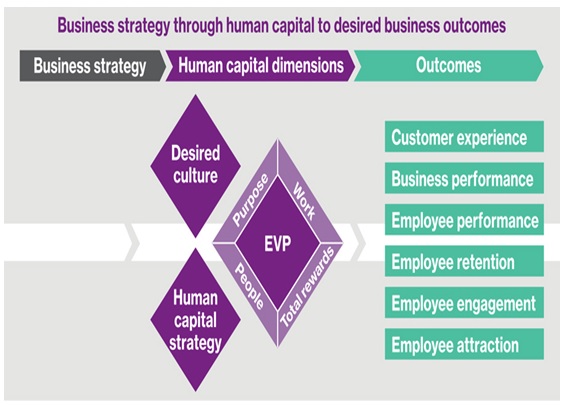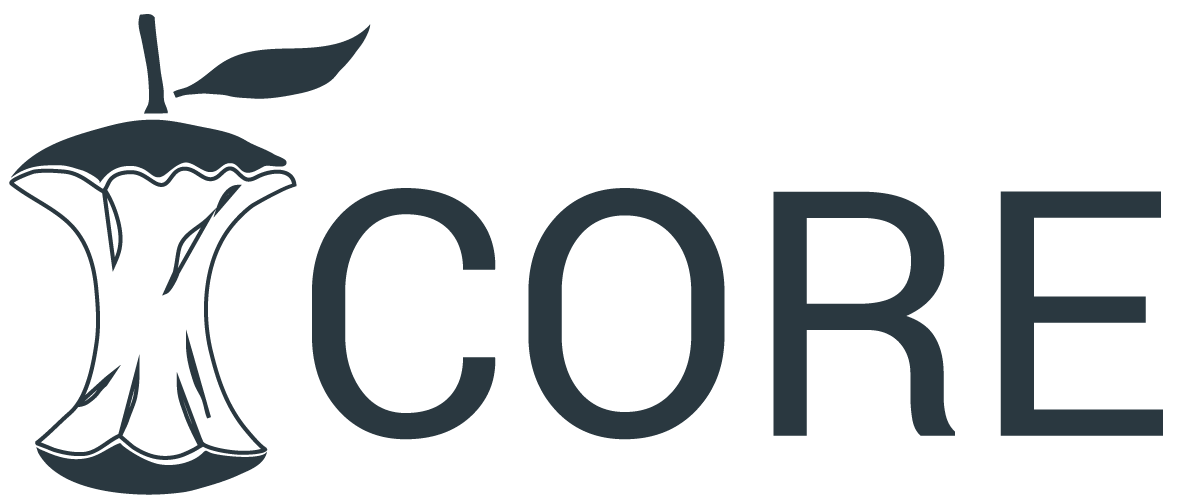The Measurement and Effect of Human Resource Management in High-Technology Firms
DOI:
https://doi.org/10.54741/mjar.3.2.4Keywords:
measurement, intellectual capital, competitive advantage, firms performanceAbstract
One of an organization's intangible assets is its human capital. It essentially encompasses all of a person's abilities and devotion, including their knowledge, potential, and capacity. Supply and demand are mirrored in the link between human capital management: corporate organisations must manage the supplier while employees, independent contractors, and consultants put their own human capital into them. Naturally, any organisation concerned with its performance will inquire about how well this asset is being managed to ensure the highest return on their investment. Similar to this, all workers, consultants, contractors, and other human capital providers want to make sure they are receiving the right return on their own human capital investments in the form of pay, incentives, perks, and so on. The findings of this study demonstrate the strategic value of managing human capital in organisations. The main goal of this study is to investigate a wide range of features and the significance of human capital in today's hypercompetitive climate, as well as to go into specifics to learn more about the topic at hand, namely human capital. Being an exploratory study, the paper mainly relies on the analysis of the existing literature. Organisations have consistently placed a fair amount of emphasis on human capital by taking the necessary steps to create a culture of knowledge sharing and retain highly qualified employees to produce more innovative ideas in an effort to gain a competitive advantage over modern organisations. Since implementing innovative ideas and concepts improves organisational outcomes, it is implied that human capital is favourably correlated with organisational productivity in all respects. Employees have a tendency to become devoted and passionate about their work as a result of intellectual capital, giving it their all in an effort to gain the crucial competitive advantage. The findings of this study demonstrate the strategic value of managing human capital in organisations.
Downloads
References
Dzinkowski, R. (2000). The measurement and management of intellectual capital: an introduction. Management Accounting: Magazine for Chartered Management Accountants, 78(2), 32-36.
Bowen, D., & Ostroff, C. (2004). Academy of management review.
Abeysekera, I., & Guthrie, J. (2004). Human capital reporting in a developing nation. The British Accounting Review, 36(2004), 251-268.
Axelrod, B., Hadfield-Jones., & Michaels, E. (2002). A new game plan for C players. Harvard Business Review, 80(1), 80-88.
Baron, A., & Armstrong, M. (2007). Human capital management: Achieving added value through people. London: Kogan Page.
Barney, J. B., & Wright, P. M. (1998). On becoming a strategic player: the role of human resources in gaining competitive advantage. Human Resource Management, 37(1), 31-46.
Bontis, N., Dragonetti, N. C., Jacobsen, K., & Roos, G. (1999). The knowledge toolbox: a review of the tool available to measure and manage intangible resources. European Management Journal, 17(4), 391-402.
Bontis, N. (1998). Intellectual capital: an exploratory study that develops measures and models, Management Decision, 36(2), 63-76.
Barney, J.B. (1986). Organizational culture: Can it be a source of sustained competitive advantage?. The Academy of Management Review, 11, 656-665.
Barney, J. B. (1991). Firm resource and sustained competitive advantage. Journal of Management, 17, 99-120.
Bakker, A. B., & Demerouti, E. (2007). The job demands-resources model: State of art. Journal of Managerial Psychology, 22, 309-328.
Bakker, A. B., & Demerouti, E. (2008). Towards a model of work engagement. Career Development International, 13, 209-223.

Downloads
Published
How to Cite
Issue
Section
License
Copyright (c) 2023 Kratika Jaiswal, Nitin Sharma

This work is licensed under a Creative Commons Attribution 4.0 International License.
Research Articles in 'Management Journal for Advanced Research' are Open Access articles published under the Creative Commons CC BY License Creative Commons Attribution 4.0 International License http://creativecommons.org/licenses/by/4.0/. This license allows you to share – copy and redistribute the material in any medium or format. Adapt – remix, transform, and build upon the material for any purpose, even commercially.









